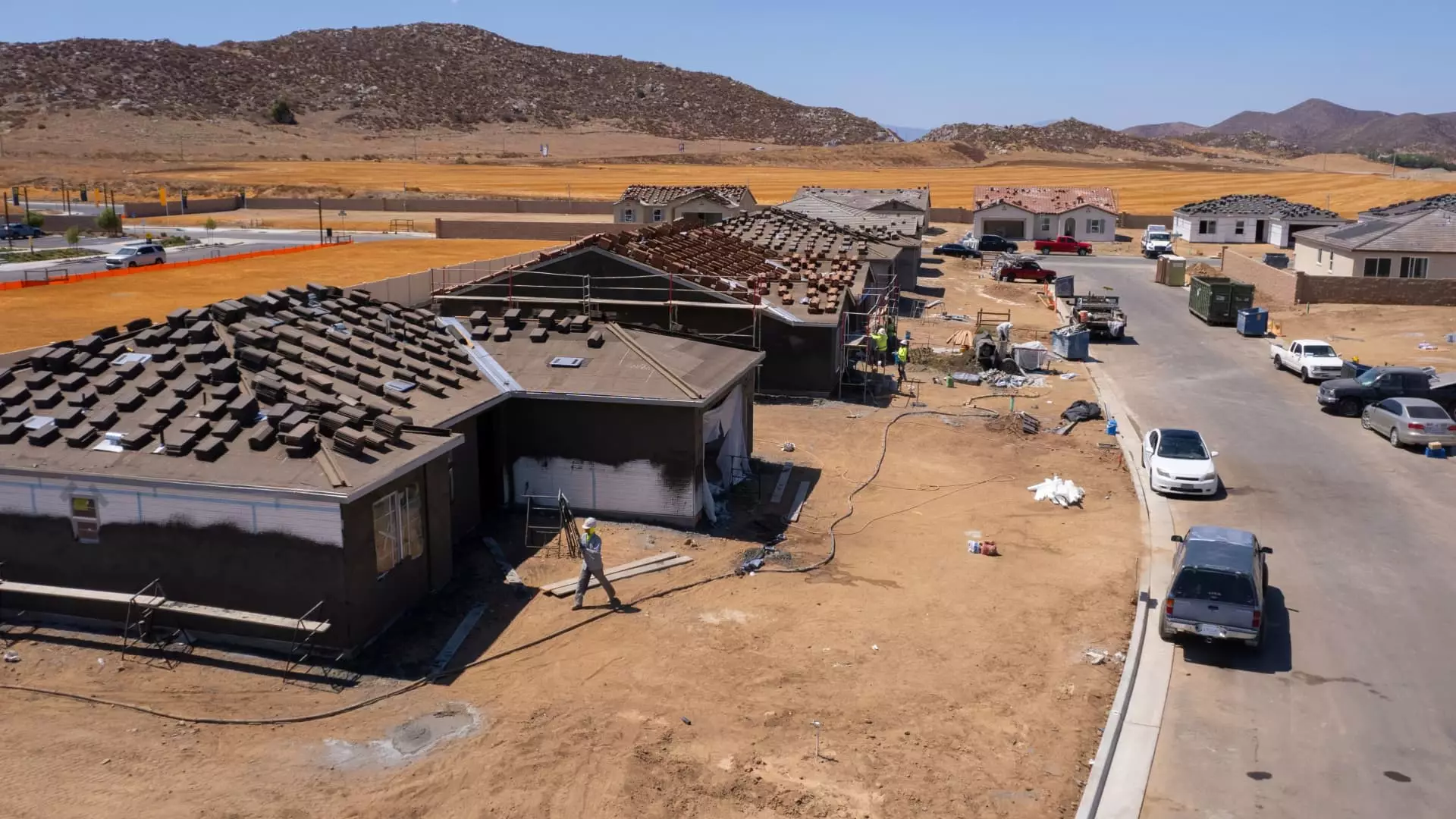The American housing market has found itself in a whirlwind of activity, driven by exceptional demand, mergers and acquisitions (M&A), and a pronounced imbalance between supply and demand. As large homebuilders leverage this scenario to consolidate their market positions, smaller builders face increasing pressure. This article delves into the dynamics affecting the housing market, the ongoing M&A activity, and the implications of these trends for the industry at large.
The housing market in the U.S. has witnessed unprecedented growth, particularly in the wake of the COVID-19 pandemic. The initial drop in mortgage rates led to a surge in home purchases, as buyers rushed to take advantage of lower borrowing costs. This boom was further fueled by a migration trend, as individuals moved to suburban and rural areas in search of more space and lower living expenses. However, the environment also birthed significant challenges—in particular, a historic housing shortage that persists today.
The so-called “mortgage lock-in effect” has played a crucial role in this shortage. Homeowners, feeling the sting of rising interest rates, have been reluctant to sell their properties, opting instead to hold onto lower-rate mortgages. This behavior has curtailed the flow of existing homes onto the market, intensifying competition among buyers for the limited inventory available.
In this context, large homebuilders have begun to assert their dominance through strategic acquisitions. A recent report indicates that the industry is on track for a record year in M&A activity, both in terms of dollar volume and the number of deals. Industry experts suggest that the current climate makes acquisitions an attractive option for growth, especially for larger companies seeking to expand their reach into new markets and diverse product offerings.
Margaret Whelan, a leading figure in investment banking for the homebuilding sector, notes that the appetite for acquisitions among large builders is fueled by the need for efficiency and scale. Bigger players are increasingly looking to buy smaller, struggling builders to enhance their market share, which has jumped significantly in recent years. For context, five years ago, large builders held approximately 30% of the market; today, that figure has increased to around 50%.
Interestingly, the landscape of M&A activity is not restricted to domestic players. Japanese firms are carving a notable presence in the U.S. homebuilding scene, capitalizing on favorable exchange rates and lower costs of capital in their home markets. This influx of foreign investment has intensified competition and raised the bar for domestic builders. Whelan indicates that nearly half of the homebuilder deals this year involved Japanese buyers, which could lead to transformative changes in the industry, particularly in construction methodologies.
These Japanese firms are renowned for their innovative building processes, many of which prioritize efficiency and waste reduction. By employing techniques such as pre-cut wood components and advanced 3D modeling, they effectively streamline construction while simultaneously addressing environmental concerns. Such methodologies could lead to more affordable housing options, enhancing the overall accessibility of homeownership.
While the outlook for M&A activity remains strong, the industry is not without its challenges. Rising costs—particularly related to labor and land—pose hurdles for homebuilders. Moreover, incoming governmental policies may impact the landscape. With potential regulatory rollbacks concerning zoning laws and an increased supply of federal land, the Biden administration’s stance will significantly influence the industry’s trajectory. However, accompanying immigration policies may complicate labor availability, as construction firms often rely on a diverse workforce.
As the U.S. housing market evolves, industry stakeholders must remain adaptable to address shifting demands and emerging challenges. M&A activity will likely continue, offering strategic pathways for growth and scalability amid fluctuating market conditions. The introduction of innovative techniques from international buyers could revolutionize homebuilding practices and pave the way for a new era of construction.
The U.S. homebuilding market stands at a crossroads, faced with unique opportunities and significant challenges. Through strategic consolidation and the infusion of international expertise, homebuilders can navigate this complex environment, potentially restoring the balance between supply and demand while making strides toward creating more affordable housing solutions. The coming months will be critical as market players grapple with these dynamics and prepare for what lies ahead.

